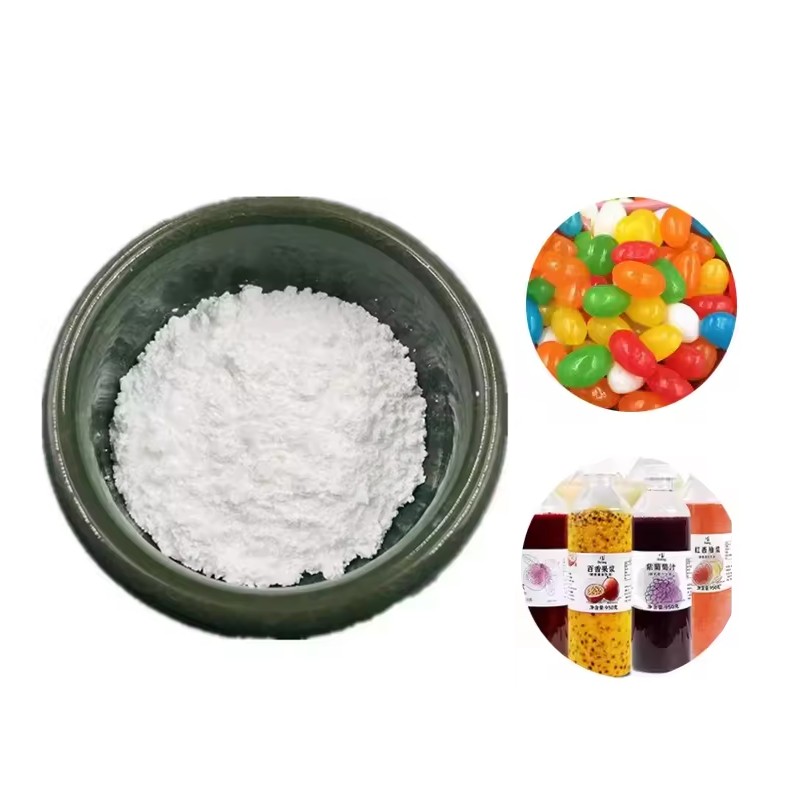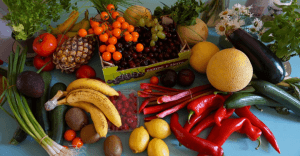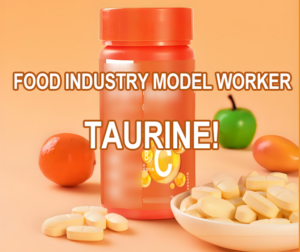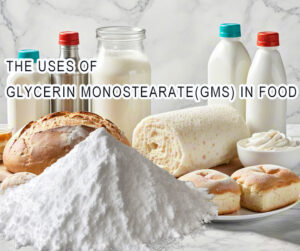Food grade preservative
History of food grade preservatives
Food grade preservative has existed a long time before. In the past, humans have no chemical synthetic food preservatives; people have found a large number of ways to extend the shelf life of food. The first thing is to use salted meat to prolong the preservation time of meat. Subsequently, the use of sugar, acid, wine, smoke, and storage in the water, underground, etc. were invented. With the development of the food industry, the traditional preservative effect cannot meet the requirements of modern people. People have a higher demand for food preservation: requiring simple operation, longer shelf life, and lower preservative cost. Based on this requirement, the preservation of chemical products came into being.
Principle of food grade preservatives
Preservatives are widely used in foods because they are effective in preventing spoilage caused by microorganisms in foods, thereby extending the shelf life of foods. There is no modern food industry without food preservatives. We can see in the supermarkets that most of the products such as canned food, biscuits, and even milk contain different food preservatives. It can be said that preservatives are now in our daily life. Become an indispensable item.
The working principle of preservatives we use in daily life can be divided into three types:
- Interfering with the microbial enzyme system, destroying its normal metabolism and inhibiting the activity of the enzyme.
- Suspecting and denaturation of microbial proteins, interfering with their survival and reproduction;
- It changes the permeability of the plasma membrane and causes the enzymes and metabolites in the body to escape and cause its inactivation.
Food grade preservatives are widely found in our daily lives.
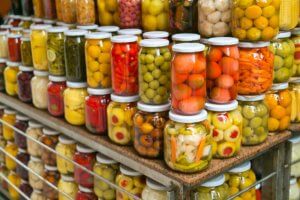
Preservatives are indispensable when there is a lot of food in our daily lives. In the evening, have a candlelight dinner with your beloved spouse. When the waiter gives you a bottle of red wine, you don’t know that you are ready to drink sulfite. Sulfite may naturally exist in the fermentation of some wines, sometimes it may also be added during the fermentation process. The peanut butter we often eat also has natural preservatives such as sugar and salt, and many other sausages, kimchi, salad cheese, etc. If there is no preservative, they may not appear in our daily life or we need to spend it takes a lot of money to get them.
Food grade preservative safety
Anyway, don’t worry too much. Most preservatives are naturally found in animals, plants and people’s bodies. Even in some ways, they are harmful to people. The Food and Drug Administration has strict control over the dosage. For example, citric acid is often used as a preservative. Citric acid is widely present in various fruits and can also enhance the flavor of food. Sodium nitrite is accused of causing botulism, but only about 5% of our daily consumption comes from preservatives. Moreover, the conversion of nitrates from green leafy vegetables into nitrites through saliva. While the name of some preservatives sounds daunting, it’s a good idea to learn more about it, and you’ll be safer when you understand it.
Types of food grade preservatives
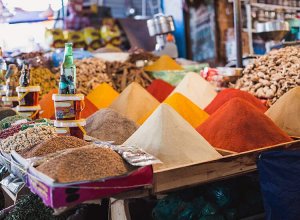
Food grade preservatives can be divided into two categories:
Class I: Includes preservatives obtained from natural sources, ie natural preservatives such as sugar, salt, and vegetables.
Class II: includes chemical preservatives such as Sodium Benzoate, Potassium Sorbate, Sodium Metal Sulfide, etc.
We mainly introduce the most common chemical preservatives in life: Sodium Benzoate and Potassium Sorbate.
Natriumbenzoaat
Speaking of Sodium Benzoate, you have to mix Sodium Benzoate with Benzoic Acid. They are the most important food grade preservatives. They are often interchangeable. The water solubility of Benzoic Acid is not high. So many times it is replaced by Sodium Benzoate. Both preservatives are considered safe in the World Health Organization. Benzoic acid is naturally present in plants and is found to be the highest concentration in some berries, even in some animal bodies. It could also found in milk.
Benzoic Acid is used as a preservative in some beverages, baked goods, and flavored foods. It is also often used in toothpaste and mouthwash products as an antibacterial agent, and magically it can also be used to clean gums. Sodium Benzoate is more soluble in water than Benzoic Acid, so it is the preferred preservative for beverages. Benzoic Acid and Sodium Benzoate are often used to preserve highly acidic fruits, jams, beverage syrups, and other acidic foods.
Potassium sorbate
Potassium Sorbate, the least toxic food grade preservative, is commonly used in the food and feed processing industries because Sorbic Acid is a common fatty acid, the substance involved in the metabolism generates only non-toxic and harmless carbon dioxide and water, and be considered one of the safety component for food in humans.
Potassium Sorbate can inhibit the growth of food-borne microorganisms, prevent food spoilage, has no obvious effect on the flavor state of food, does not change the characteristics of food, preserves the original color and flavor of food, and the most important point is that Potassium Sorbate is only 1/4 of the toxicity of Benzoic Acid.
Potassium Sorbate is recognized worldwide as a safe, non-toxic preservative and is approved for use in all countries. Potassium Sorbate, which has a high solubility, is highly regarded by the Food and Agriculture Organization of the United Nations, the World Health Organization, and the United States, the United Kingdom, Japan, and some countries in Southeast Asia. In recent years, Potassium Sorbate has become an important food preservative for key developments in various countries.
List of commonly used food grade preservatives and dosages
| Naam | Range of use | Maximum dosage (g/kg-1) |
| Benzoic Acid | Carbonated drinks | 0.2 |
| Low-salt sauce, pickles, preserves | 0.5 | |
| Wine, fruit wine, soft candy | 0.8 | |
| Natriumbenzoaat | Soy sauce, vinegar, jam, juice | 1 |
| Sorbic Acid | Fish, meat, eggs, poultry food | 0.075 |
| Fruit and vegetable preservation, carbonated drinks | 0.2 | |
| Low-salt pickles, preserves, juices, and jelly | 0.5 | |
| Potassium Sorbate | Wine, fruit wine | 0.6 |
| Soy sauce, vinegar, jam, hydrogenated vegetable oil, dried fish products, fondant, bread, cake | 1 | |
| Ethyl P-Hydroxybenzoate and Propyl P-Hydroxybenzoate | Fruit and vegetable preservation | 0.012 |
| Vinegar | 0.1 | |
| Carbonated drinks | 0.2 | |
| Juice, jam, soy sauce | 0.25 |

